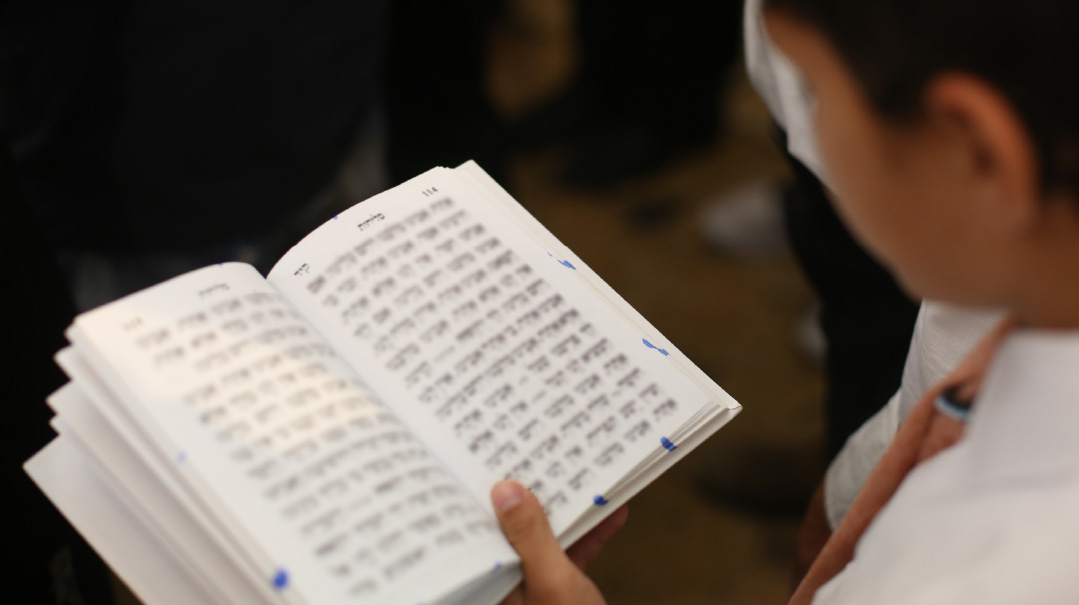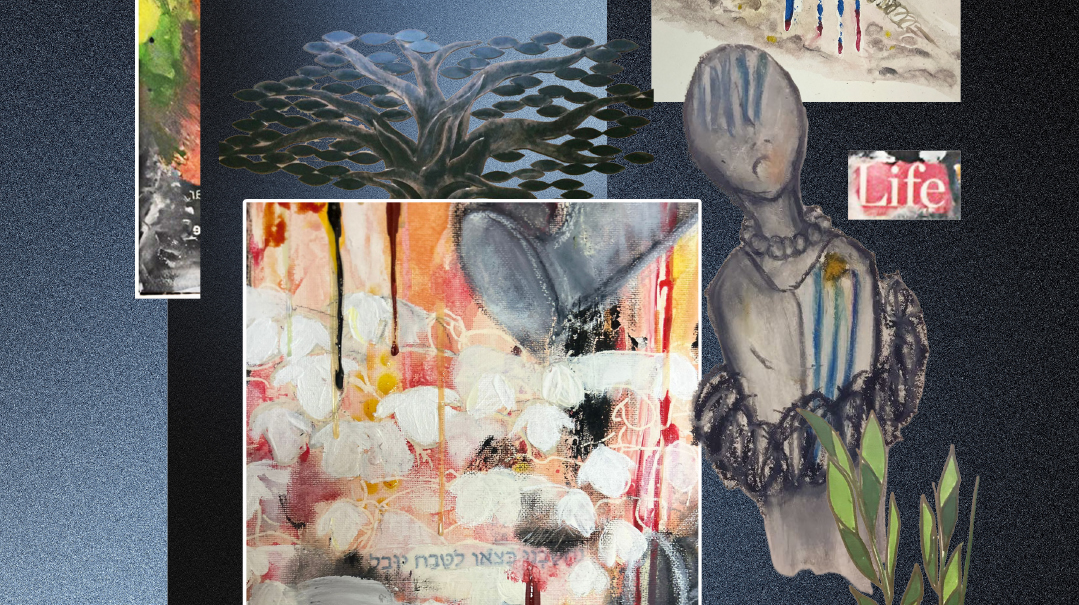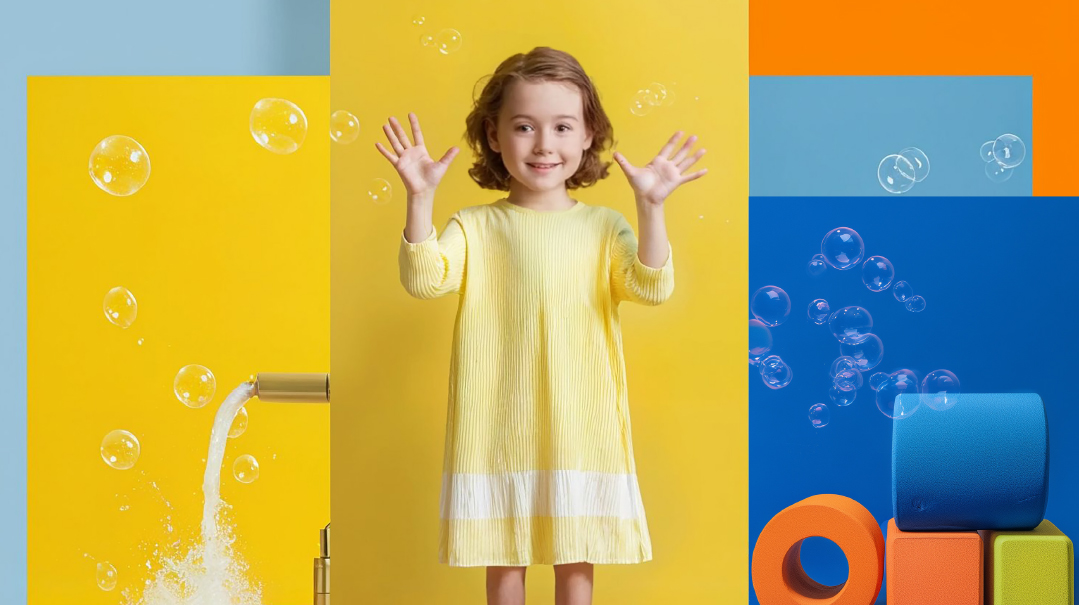Meet… Tamar Nusbaum

Tamar Nusbaum created the Ani Tefillah program to make tefillah meaningful to children in hundreds of schools

MY parents gave us an unbelievable chinuch, but my life’s trajectory has been quite ordinary. I went to the Torah Academy for Girls for both elementary and high school, and returned as a teacher. I’ve taught at TAG and many other schools ever since I left seminary.
Fourteen years ago, Rabbi Kalman Fogel, former principal at HALB, connected me with the Consortium of Jewish Day Schools, where I was hired to develop assessments to gauge students’ knowledge of Chumash skills. For one year, I met weekly with teachers of grades two to four at three schools. We discussed how they’d teach skills in Chumash so that students could apply what they know to new pesukim.
I soon learned that there was no system —each teacher did her own thing, and there was no reinforcement, or building upon previous years. I realized it was unfair to assess students on material that the teachers didn’t have a system or resources for, and I suggested that we develop a Chumash curriculum that incorporates a systemic approach to teaching skills.
That’s why we created the L’havin U’lehaskil Chumash curriculum. It’s a full-scale curriculum that includes teaching Lashon Hakodesh skills so that children can love leaning Torah — because they understand its language. L’havin U’lehaskil is currently used by over 200 day schools worldwide.
Oops! We could not locate your form.







